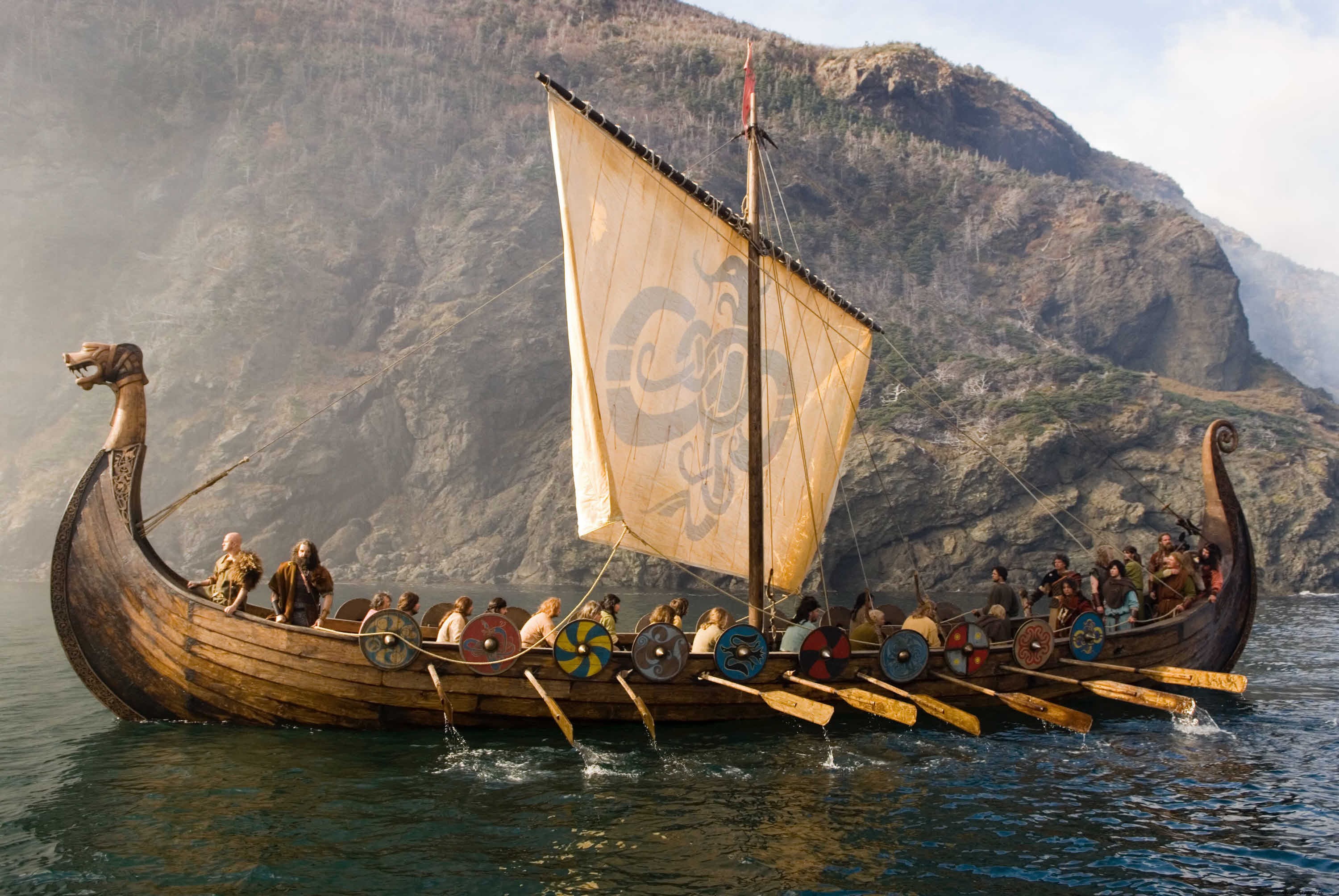Feared, bloodthirsty, fierce, explorers and, lately, television. So were the Vikings. Those men (mostly) from the Nordic countries who, starting in the 8th century, looted and burned half of Europe with their raids. But no horns on their hooves. The horns were only used to drink Odin's only food:mead.
In the French chronicle called Annales Bertiniani It is collected, around 844, the first of the visits that the Vikings made to our country from France, landing near Gijón and continuing to Galicia. There they sacked towns such as Mondoñedo (where it is said that Bishop Gonzalo defeated them in a river thanks to their prayers), until King Ramiro I stood up to them in A Coruña and made them march towards Lisbon, from where they returned north. On another occasion, again from the Gallic country, they reached the Galician coast. 100 ships approached through the Arousa estuary. The first objective was the episcopal seat of Iria Flavia (which after this meeting moved to the city of Compostela) and finally Santiago. Although its inhabitants paid a good tribute to avoid looting, the Norsemen ignored it and mercilessly "Vikinged" until they were defeated again by a local earl.

In their "embassies" to the cities, these towns did not hesitate to take advantage of their black legend and increase it if possible. In this way they carried out a series of pillages, rapes and massacres whose bad publicity made them more fearsome in order to loot other places more easily.
At that time, Santiago de Compostela was undoubtedly a key place in Christianity and the hiding place of all its treasures, something that the Nordics did not go unnoticed. Years after the first incursion, the Norman peoples returned to Galicia with a clear objective:Jakobsland (Santiago de Compostela). One hundred drakars docked in the Bay of Biscay to plunder and cross Mondoñedo again, while another hundred ships re-entered through Arousa with the aim of reaching Santiago de Compostela. On this occasion, the peaceful Nordic tourists plundered the Galician lands for three years until another local count managed to defeat them near the Ferrol estuary. In addition to being attracted by its treasures, the Vikings saw in Galicia an ideal geographical enclave in which to settle and extend their domains. So much so that on the beach of San Román O Vicedo, in the province of Lugo, we can find the remains of the only Nordic settlement in Spain.
The last Viking invasions took place in the 11th century, when the one that would go down in history as Ulv Galiciefarer arrived on the Galician coast. or ”the Galician wolf “. This character made headlines at the beginning of the year due to the discovery of a tomb in the north of Jutland (Denmark) which, due to its characteristics, could be that of this Viking chieftain. The Danish archaeologist Bjarne Henning Nielsen , curator of the Vesthimmerlands Museum, considers that the finds made inside a Viking tomb, including a sword and the harness of a horse, marry perfectly with Ulf the Galician.
Collaboration of Marta Rodríguez Cuervo by Martonimos
Sources:Landing at Jakobsland, Vikings
